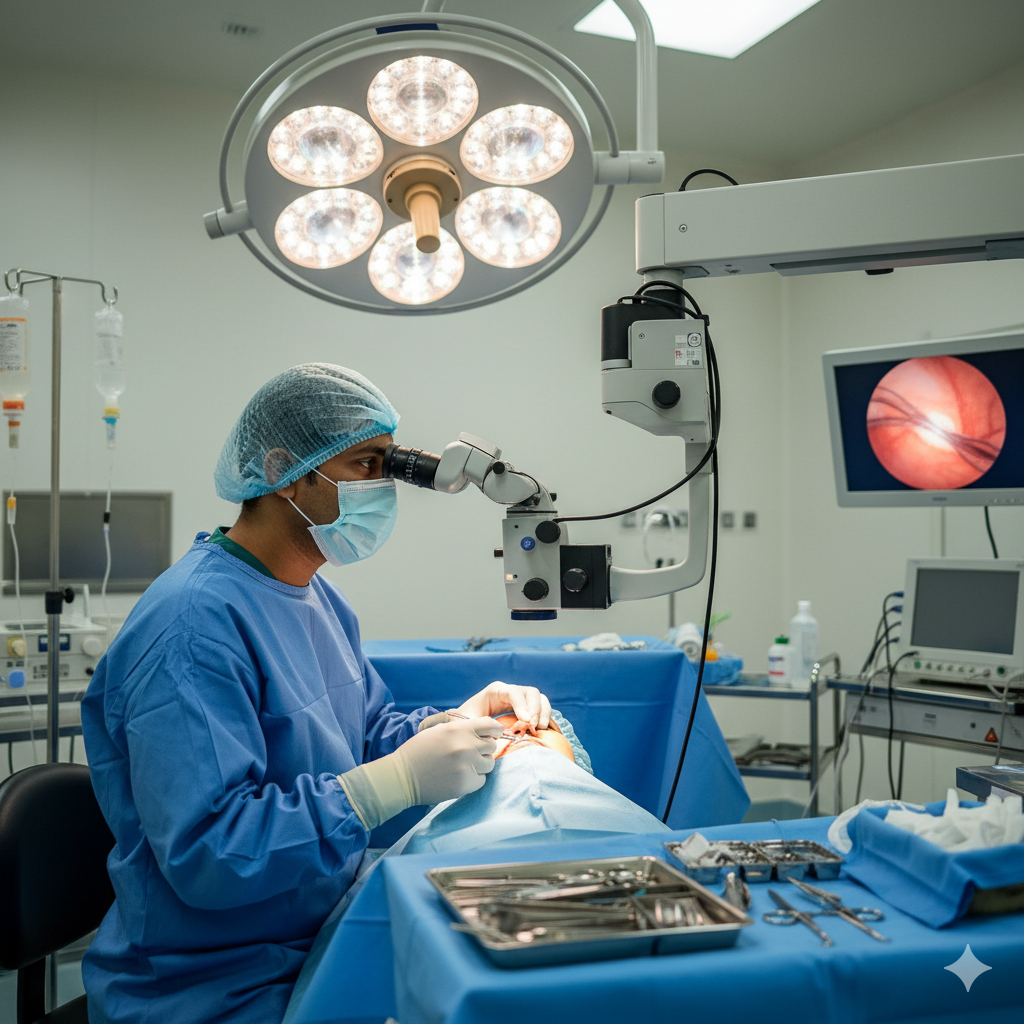


**Eyelid surgery, also known as **blepharoplasty**, is a cosmetic and functional procedure to remove excess skin, fat, and muscle from the upper or lower eyelids. It helps improve vision** blocked by drooping lids and enhances facial appearance. The surgery can reduce puffiness, wrinkles, and sagging around the eyes. Overall, it restores a youthful, refreshed look** while improving eye comfort and function.
"Eyelid surgery (Blepharoplasty) is a procedure that rejuvenates the eyes by removing excess skin and fat, enhancing both vision and appearance."

Eyelid surgery is a procedure to remove excess skin, fat, and muscle from the upper or lower eyelids, improving appearance and vision.